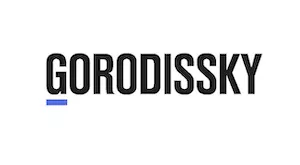As of l January 2019, the basic value added tax (VAT) rate has increased from 18% to 20%.
The Tax Code provides several VAT rates for different types of good, work, service and business transaction. Only the basic general rate which applies where no other rate is provided for by law has been changed. The 10% preferential rate for certain categories of good remains the same.
Further, several estimated tax rates have been amended as of 1 January 2019. The estimated tax rate of 20/120 applies in cases where VAT is included in the price of goods, but not identified as a separate amount in the payment documents. The estimated rate of 16.67% will be applied if an enterprise is sold as a complex asset and the services are provided by foreign companies in electronic format.
The new VAT rate will apply to all goods, work or services sold, performed or provided from 1 January 2019. The VAT will be determined based on the earlier of:
- the date on which the goods are shipped, the work is performed, the services are provided or the property rights are transferred; or
- the date on which (partial) payment is made for the (future) delivery of goods, performance of work, provision of services or transfer of property rights.
Thus, if a goods shipment occurs in 2019, a tax rate of 20% will apply.
Following the changes to the VAT rate, the burden of reducing business income and increasing tax payments under contracts with a fixed payment amount now falls on contractors and suppliers. If VAT was included in the contract price and the issue of changing the price from 1 January 2019 due to the change in tax rate was not stipulated, the contractor or supplier must pay the tax at an increased rate by reducing its proceeds.
To calculate VAT deductions, the rate under which tax was paid to a supplier will apply. For example, a trade organisation that purchased goods for resale in 2018 and paid VAT of 18% would have to pay VAT at a higher rate when reselling the goods in 2019. This will entail the payment of VAT not only on the trade organisation's trading margin, but also on the entire cost of the goods (as regards the rate increase). As entities are expected to reflect the increased VAT rate in the price of their goods, economists have predicted a rise in prices associated with the VAT rate increase in early 2019.
The content of this article is intended to provide a general guide to the subject matter. Specialist advice should be sought about your specific circumstances.

